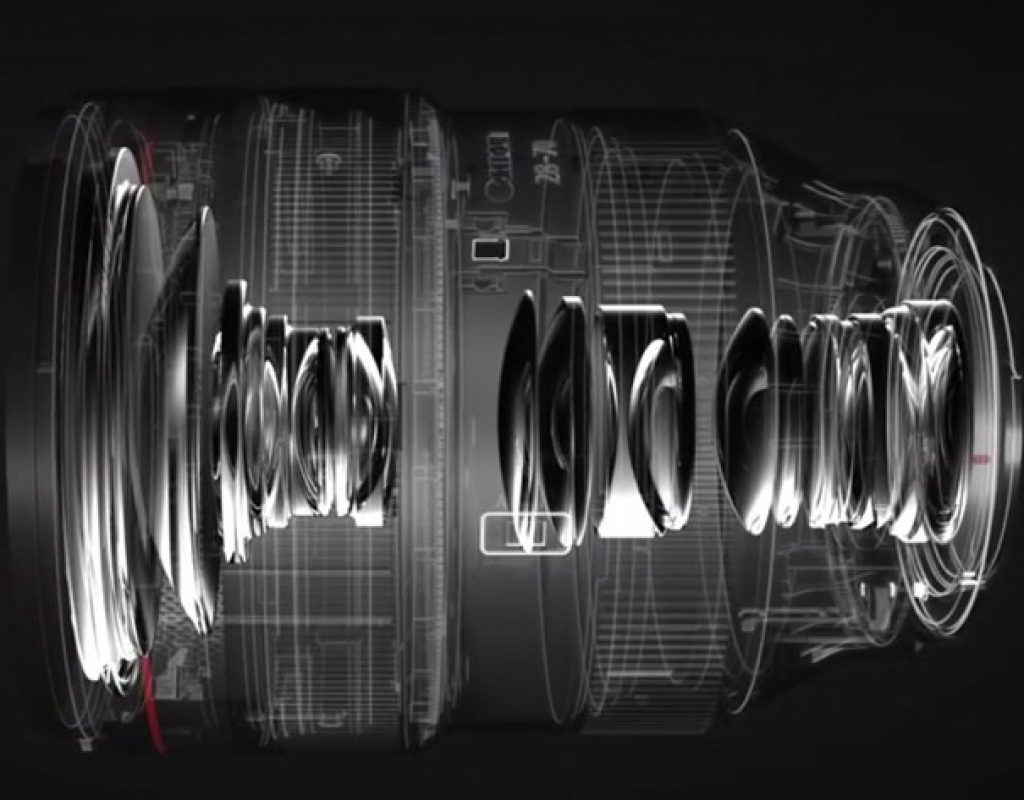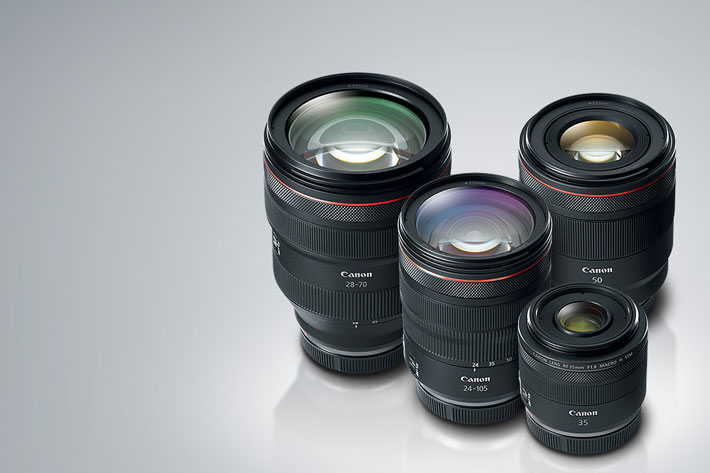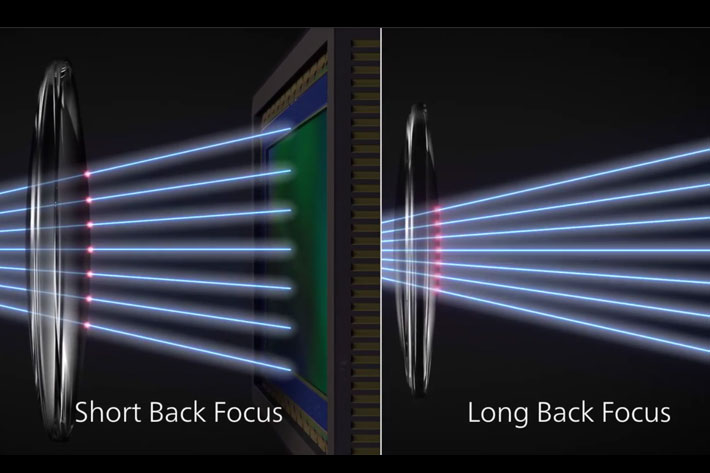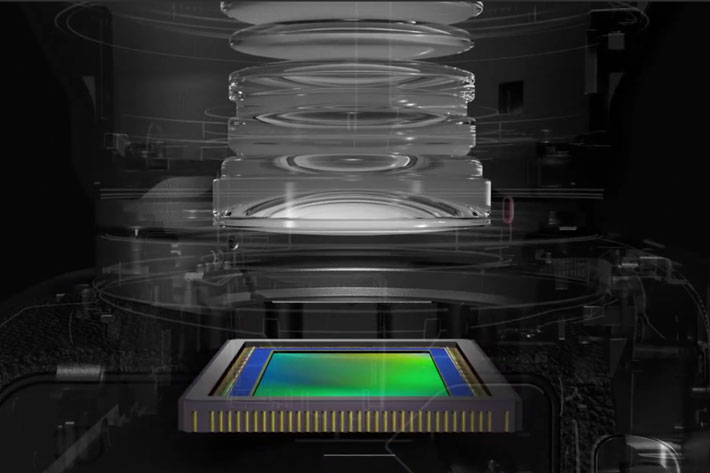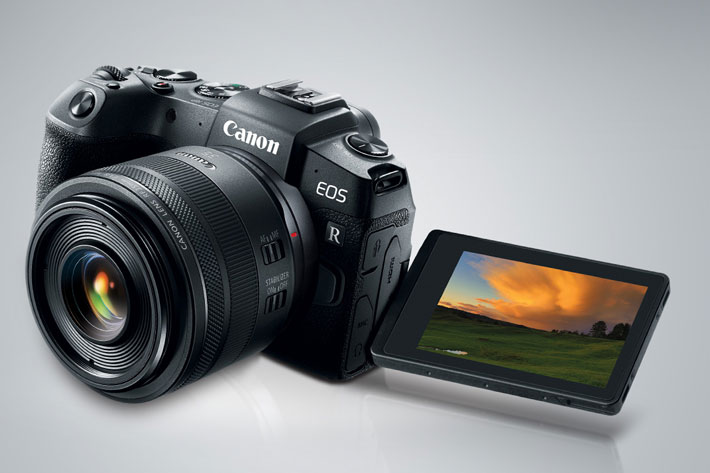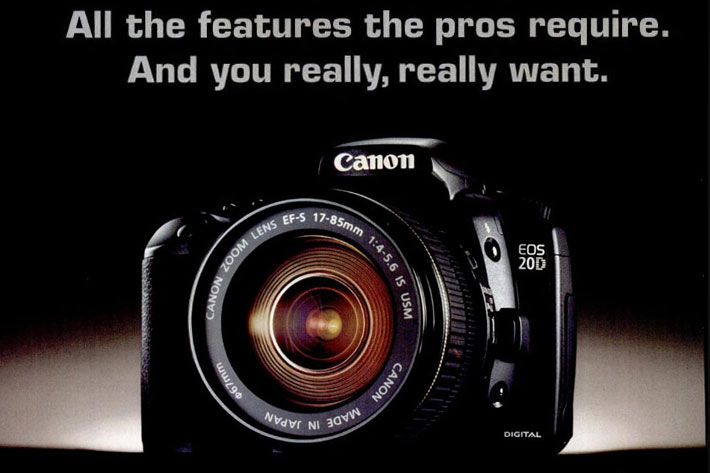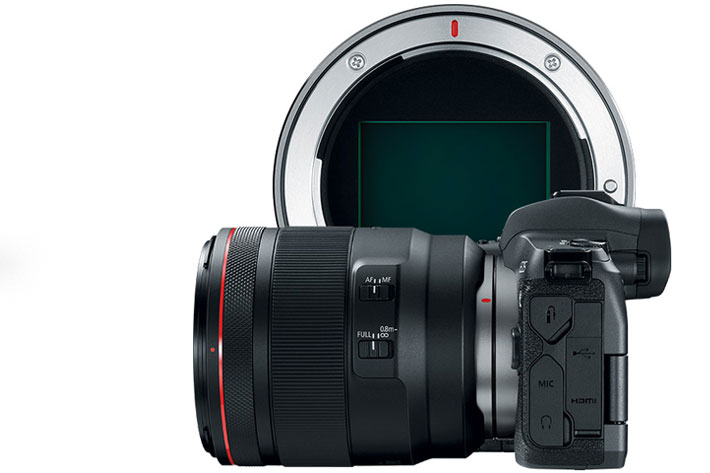
Canon may have just announced that the modern DSLR is dead. In a recent video explaining the technology behind the new RF lens, the company talks about a new age and mirrorless is the keyword used.
Which system is better: reflex or mirroless? The question has divided opinions and no one has, yet, found the right answer. The problem, though, may be that those discussing the advantages and disadvantages of both systems looked at the cameras, when they should look at lenses. Yes, cameras are important, and those who have opted for mirrorless say their system is better, while those who prefer an optical viewfinder and the slapping mirror say otherwise. I must admit I prefer DSLRs, as I appreciate seeing a real world image framed in the viewfinder, instead of millions of pixels translating the light reaching the sensor through the lens.
Electronic viewfinders have evolved to a point where even I can accept what they offer, but up until now the discussion “mirrorless or DSLR?” has had no meaning for me. This may change in the future, because Canon, that only recently adopted full frame mirrorless cameras, with its EOS R system, may just have put a nail – one more? – in the coffin where the DSLR will be buried. No, they did not say it directly, but a recent video published by the company, explaining the technology behind the RF lenses, does suggest that mirrorless may be the future… even for those who use DSLRs now. Why?
The next EOS 7 will be mirrorless? And APS-C?
Because in the video, which you can watch here, Canon does say that the RF system opens “new possibilities in photographic expression” and the “RF mount unlocks the potential of imaging for a new age”. When you mix those notes with the rumors that the EOS 7D family is probably being abandoned, and that Canon may offer a mirrorless instead – does this mean there will be an APS-C mirrorless in the EOS family, maybe called EOS R7? – users may refrain from buying new EF lenses, waiting for a sign from Canon. No lenses sold could contribute to the end of DSLRs.
https://youtu.be/3-swouJ4qS4
Still, a new EOS DSLR is expected this Summer. Rumors suggest it will be named EOS 90D, and will mix elements from the EOS 80D and EOS 7D. But with Canon saying that mirrorless cameras are better, because of the lenses that can be designed to work with them, who will invest in a new DSLR? Buying a mirrorless model, like the EOS RP, allows to make the transition to the future Canon talks about, and an adapter will allow you to use EF lenses, those lenses that Canon says now, offer less quality than the models designed for mirrorless.
Lenses for mirrorless cameras are better?
Canon says that the large diameter of the RF mount is one of the reasons why the new lenses are better, but the company may just say it to make Sony users feel bad, because Sony’s mirrorless models use a mount with a smaller diameter. In fact, the RF mount is similar, in size, to the EF mount, which Canon adopted decades ago, paving the way for its future systems at a time when mirrorless was not even on the horizon.
The large diameter of the RF mount works better… because it is associated with the short back focus that mirrorless allow. That’s what makes the difference, as the video explains. It’s the combination of large mount and the proximity of the rear element to the sensor that enables Canon to create lenses that are, apparently, better. This is not a Canon exclusive, but something that happens with the mirrorless systems from Nikon, Fujifilm, Olympus, Panasonic and, yes, Sony. There may be differences in the way smaller diameters work, but it’s the pair of diameter and short back focus that allows for better optical solutions.
RF mount allows a different optical design
As the video explains, when light passes through a lens it is refracted, with more refraction resulting in more aberrations that have a negative effect on image quality especially on the outer edges of the image. With lenses designed for DSLRs, the distance between the rear elements of the lens and the sensor is too far and the light gets condensed, making it difficult to correct aberrations. To counteract this and have better image quality, the front element of a DSLR lens need to be large, meaning the lens will be bulkier and heavier.
Because the EOS R is a mirrorless system, the RF lenses have a short back focus, as the rear element is placed closer to the sensor. This translates in light rays that are spread out and allow for precise correction of aberrations. Also, because of the large diameter of the RF mount, wider lens elements can be placed closer to the sensor, reducing light refraction while it eliminates the need, according to Canon, “to excessively bend light rays as with small diameter lens mounts” a note that reminds us, again, of the smaller diameter of Sony mirrorless system.
Controlling flare and ghosting
Canon says that “these characteristics minimize aberrations and facilitate more effective lens arrangements making possible higher image quality and high spec performance in more compact designs”. On the other end, a short back focus creates a problem: light rays produced by reflections within the lens may hit the sensor, resulting in flaring and ghosting.
To solve the problem, Canon employs lens coating technologies that include a special multi-layer coating on the lens surface known as ASC, to reduce light reflection. Another coating, comprised of countless nano sized wedges aligned tightly together on the lens surface to reduce reflection known, as SWC minimizes flare and ghosting to make a short back focus possible.
RF offers exquisite image quality
According to Canon, the RF lenses are born of the company’s pursuit of the ideal lens, and the new solutions present “new possibilities in photographic expression”. The new mount, with its enhanced electronic connections “further strengthens communication between the camera and lens enabling high-speed large volume data transfer and future proofing the system for many years to come” and “allows the camera to make corrections tailored to each lens and achieve high precision image stabilization resulting in exquisite image quality”.
How much of this is marketing blurb is anyone’s guess. There is no doubt, though, that if Canon believes the RF mount represents a better bet for the future, they may leave EF lenses behind. In a recent interview published by DPReview, Canon engineers said they are developing, simultaneously, multiple DSLR, M-series and R-series models, but they also add that “our approach is to leverage our lineup strategy but at the same time, we’d like to listen to our customers’ feedback and make decisions based on this.”
The EOS RP is full frame for all
In the same interview the Canon engineers also say that “one of the goals of the EOS RP was meant to be a good step-up for current APS-C users. We hope it’s possible for APS-C users to step up to the FF camera market.” The two comments seem to contradict each other. If Canon wants users to move from APS-C to FF, and they say the EOS RP was launched with that goal in mind, doesn’t it then mean that they are leaving APS-C and, probably the EF mount and DSLRs? After all, the EOS RP is Canon’s entry-level model in the mirrorless world, priced to function as a modern day EOS 300D.
Canon influencers are doing their job too, and these days you’ll find, online, multiple articles stating that the EOS R mirrorless has features that they always dreamt about. From outdoor photographers as George Lepp comparing the EOS 5D Mark IV size with a 24-105mm attached to the size of a EOS R, with the R mount version of the same zoom, and stating that the EVF is also an advantage, to articles where you’re told EVFs are amazing when it comes to shooting in both indoor and outdoor lighting, when compared to DSLRs, AF is better than DSLRs, and many other “advantages”, there is a barrage of new info and suggestions. It makes you wonder if you should sell your DSLR…
Marketing the EOS 20D as a professional camera
If these articles contribute to shift opinions, Canon may well be signing the death of DSLRs. Only time will tell. Three decades ago Canon broke its links to the past, moving from the FD mount to an EF mount that pointed towards the future. The new RF mount has similar diameter (1mm more…) but, as Canon says, points to a new age. Is that new age one where DSLRs become a thing of the past? I don’t know, because DSLRs may be doomed, but they are not dead yet.
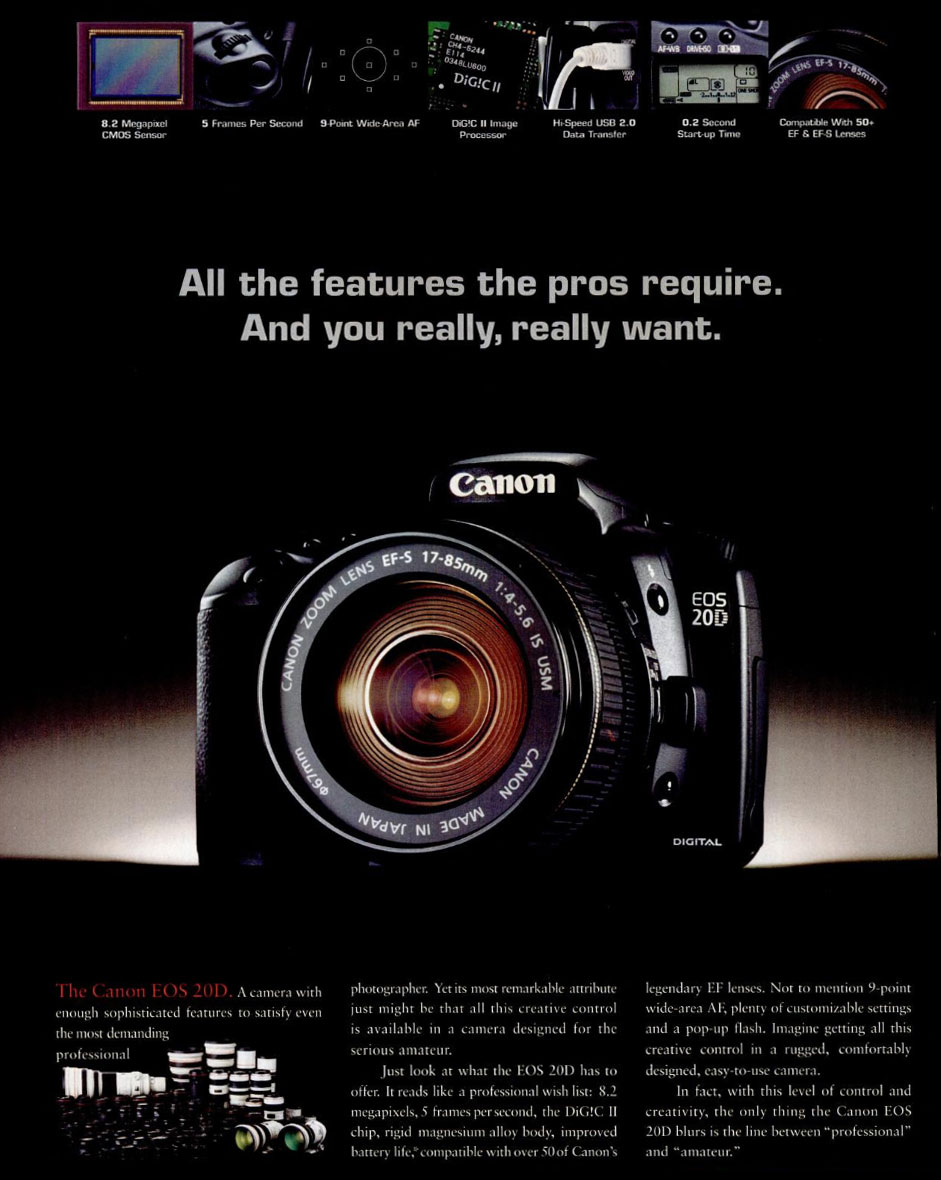
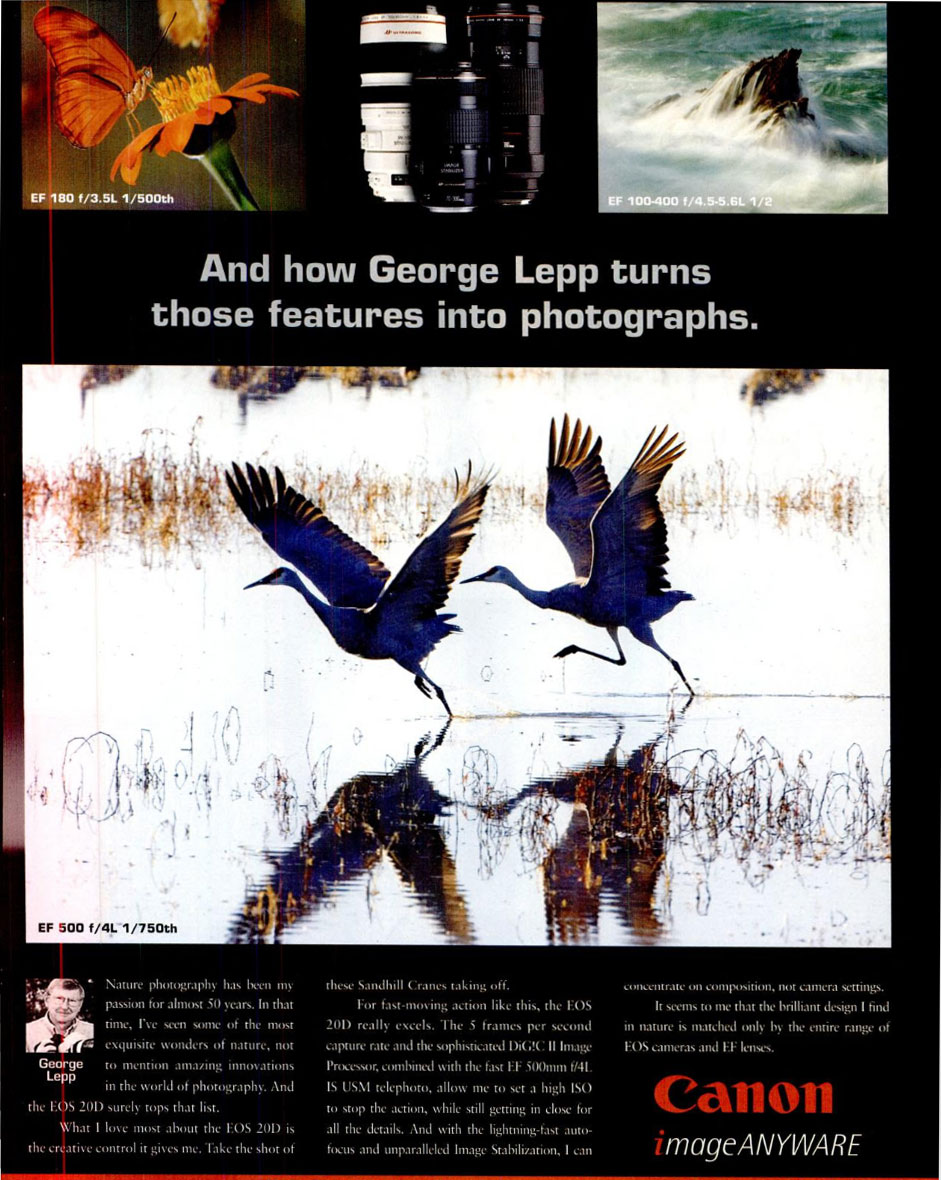 I, for one, will keep my DSLRs ready to go out and shoot. Even my old EOS 10D or EOS 20D continue to give me good results, and I surely like the touch of the EOS 10D. It was not so long ago that those were the references when we talked about innovation.
I, for one, will keep my DSLRs ready to go out and shoot. Even my old EOS 10D or EOS 20D continue to give me good results, and I surely like the touch of the EOS 10D. It was not so long ago that those were the references when we talked about innovation.
For one Canon ad published in a photography magazine George Lepp wrote, commenting a photo of cranes used as illustration: “the [camera] really excels. The 5 frames per second capture rate and the sophisticated DIGIC II Image Processor… allow me to to set a high ISO to stop action. He also wrote “with the lighting fast autofocus and unparalleled Image Stabilization, I can concentrate on composition, not camera settings.”

This was written in 2005, for one Canon ad published in Popular Photography magazine. The comment was about the EOS 20D, presented, then, as having “All the features the pro require. And you really, really want”. Has photography changed that much?

Filmtools
Filmmakers go-to destination for pre-production, production & post production equipment!
Shop Now